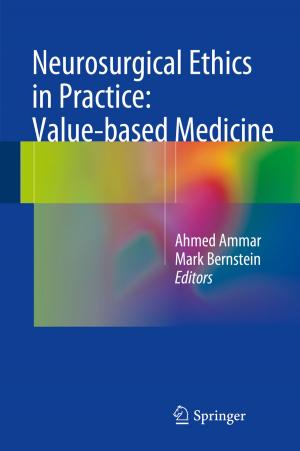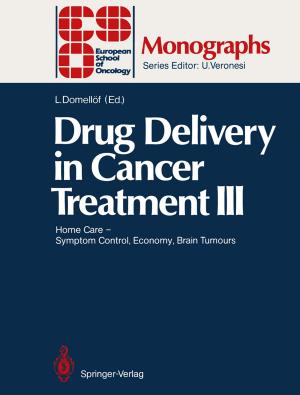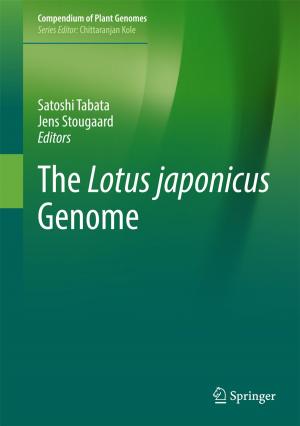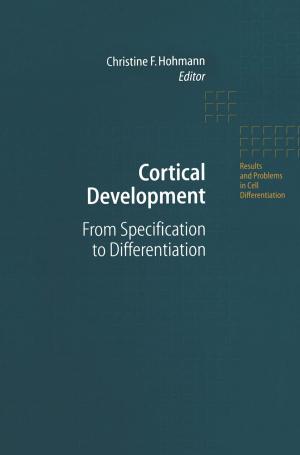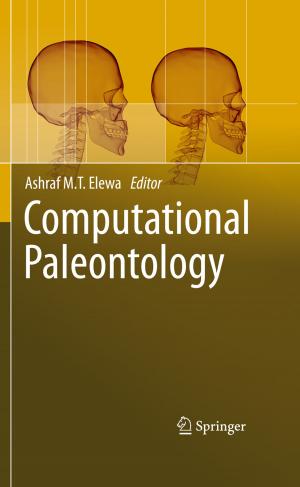Stem Cell Transplantation and Tissue Engineering
Nonfiction, Health & Well Being, Medical, Specialties, Internal Medicine, Neurology, Surgery| Author: | ISBN: | 9783662048160 | |
| Publisher: | Springer Berlin Heidelberg | Publication: | March 9, 2013 |
| Imprint: | Springer | Language: | English |
| Author: | |
| ISBN: | 9783662048160 |
| Publisher: | Springer Berlin Heidelberg |
| Publication: | March 9, 2013 |
| Imprint: | Springer |
| Language: | English |
As dogmas in stem cell research are losing their impact and recent findings regarding the use and cultivation of stem cells and tissue transplantation have opened up new therapeutic avenues, this Ernst Schering Research Foundation Workshop was initiated to highlight current and future approaches in this field. The only stem cells that have been used clinically for a long time is the hematopoietic stem cell as a source for bone marrow transplantation. Recent findings now indicate that hematopoietic stem cells, under certain conditions, are able to differentiate into endothelial, neural or muscle cells, providing exciting new therapeutic possibilities. They represent a future source for tissue engineering replacing defective cells or tissues and allowing diseased organs to regain their functions. Both reconstitution techniques are paving the way for the development of new therapeutic strategies, giving hope of being able to cure and not only treat patients.
As dogmas in stem cell research are losing their impact and recent findings regarding the use and cultivation of stem cells and tissue transplantation have opened up new therapeutic avenues, this Ernst Schering Research Foundation Workshop was initiated to highlight current and future approaches in this field. The only stem cells that have been used clinically for a long time is the hematopoietic stem cell as a source for bone marrow transplantation. Recent findings now indicate that hematopoietic stem cells, under certain conditions, are able to differentiate into endothelial, neural or muscle cells, providing exciting new therapeutic possibilities. They represent a future source for tissue engineering replacing defective cells or tissues and allowing diseased organs to regain their functions. Both reconstitution techniques are paving the way for the development of new therapeutic strategies, giving hope of being able to cure and not only treat patients.

